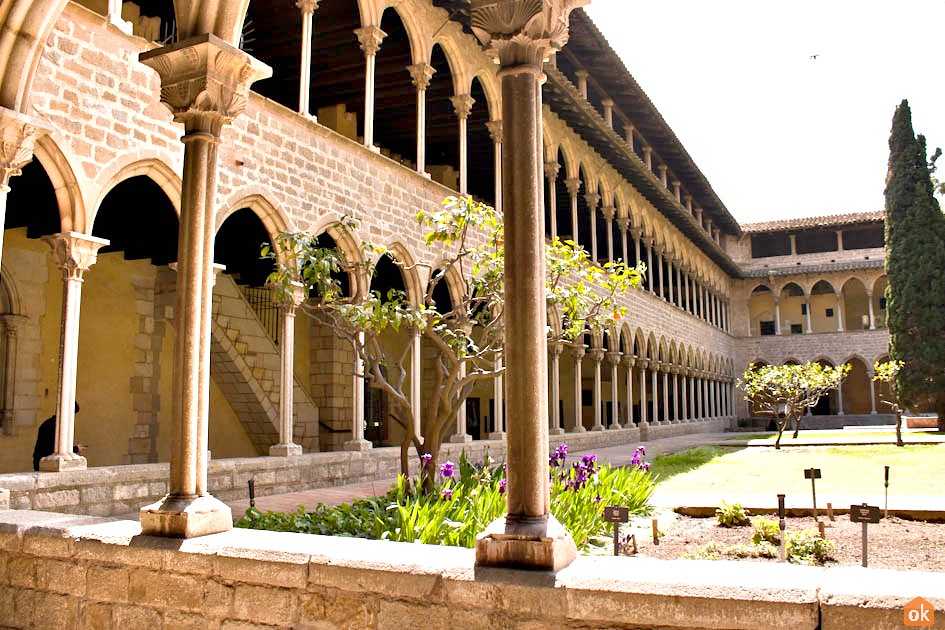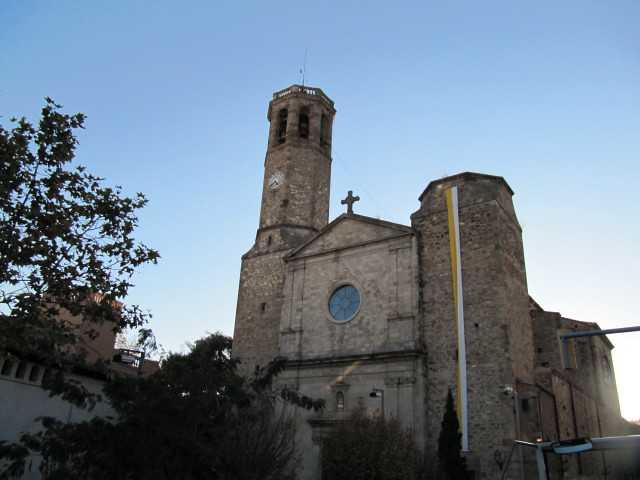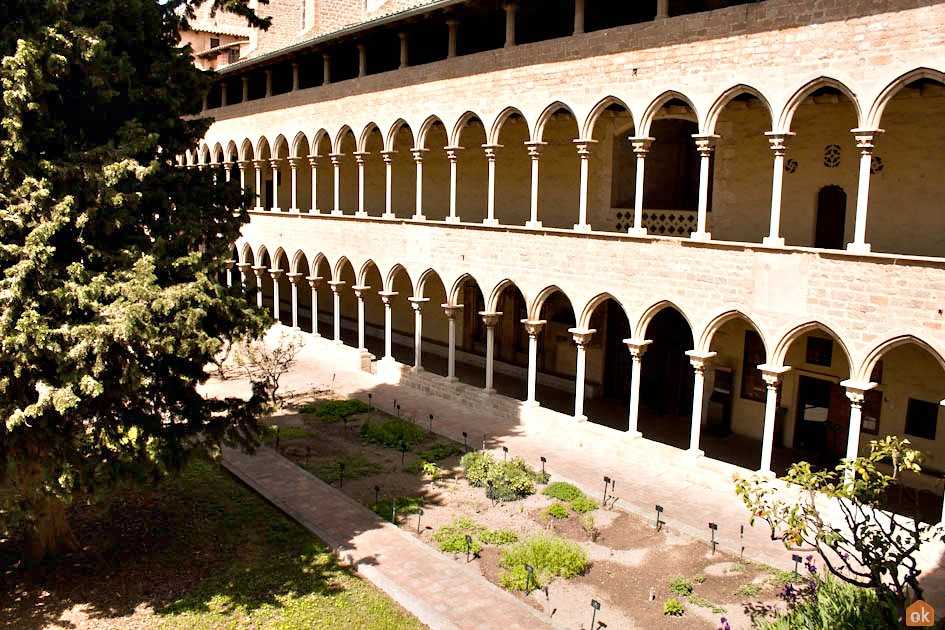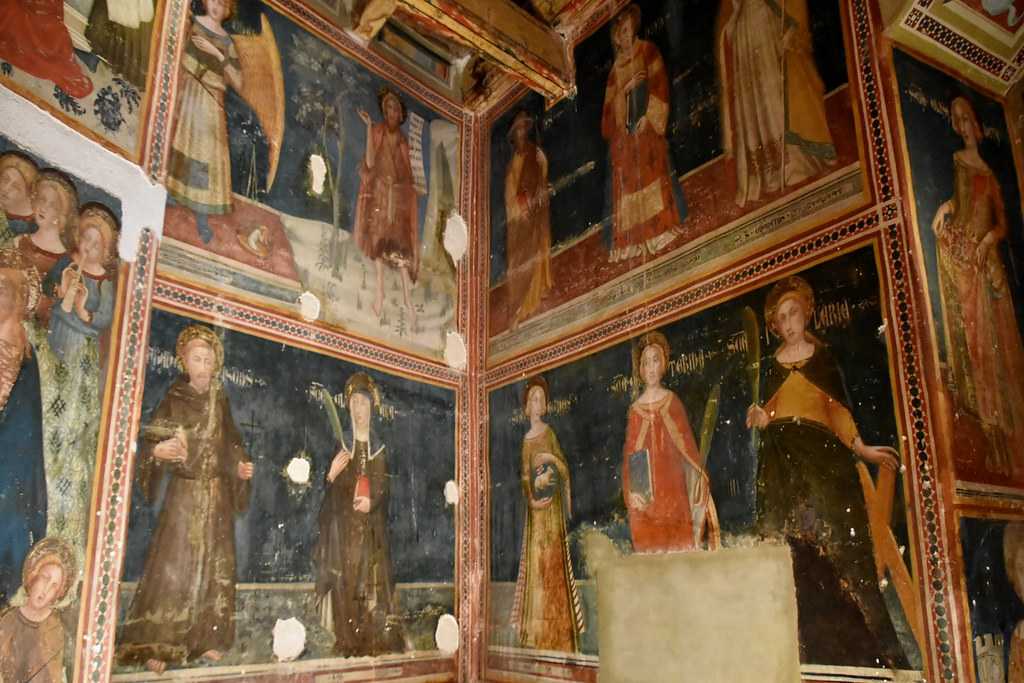Monastery of Pedralbes
₹ 414 onwards
View Barcelona PackagesWeather :
Tags : Buddhist Temple
Timings (April to September) :
Tuesday-Friday: 10:00 AM - 5:00 PM
Saturday: 10:00 AM - 7:00 PM
Sunday: 10:00 AM - 8:00 PM
Public Holidays: 10:00 AM - 2:00 PM
Timings (October to March) :
Tuesday-Sunday: 10:00 AM - 2:00 PM
Saturday and Sunday: 10:00 AM - 5:00 PM
Public Holidays: 10:00 AM -2:00 PM
Entry Fee :
- EUR 7 for general admission of adults.
- EUR 5 for senior citizens (over 65) and for those under 25 years of age.
- Entry is free for the Barcelona Card holders and those under 16 years of age.
Monestir de Pedralbes
Ways to Experience this attraction
Monastery of Pedralbes, Barcelona Overview
The Monastery of Pedralbes is a spectacular landmark and one of the best examples of Gothic architecture in Barcelona. It is located in Fina Guell. Working as a museum and park, the monastery is also home to several nuns.
Monastery of Pedralbes is situated spaciously and is home to a historical museum. It came into being in 1327 as its construction was ordered by Elisenda de Montcada. Visitors are welcome to dwell upon the daily lives of the nuns living here, and the Monastery has several interesting highlights such as the Church, cells, dormitory, Chapel, cloister, and more. It is open all year round and offers a peaceful abode, away from the buzz of the mainland city.
While visitors can now explore the chapterhouse, abbey, and the cells; most travellers also make their way here to witness the mural paintings of Ferrer Bassa. Apart from being a tryst of history, culture, and spirituality, upon exploring the Monastery, visitors will also see the different artworks, old furniture, and symbols preserving the religious community. The Monastery is highly accessible for all, including differently-abled as extra assistance is provided during tours.
Must Know Before You Visit Monastery of Pedralbes
Holidays :
January 1st
June 24th
December 25th
Read More on Monastery of Pedralbes
History and Religious Importance of Monastery of Pedralbes

Formally called the Royal Monastery of Santa Maria de Pedralbes, the Monastery has significant importance preserving the cultural and religious sanctity. It is a renowned example of Gothic architecture, especially since the majority of the architecture in Barcelona city has similar influences. The history of the Monastery of Pedralbes can be traced back to the time of King James II of Aragon. His 4th wife Elisenda had ordered for this Monastery to be constructed for the community of Clare nuns.

It is important to note that this monument has been given royal protection. Elisenda had a palace constructed next to the Monastery where she resided during her widow years. The Queen herself is buried in the Monastery and had ordered for that palace to be destructed without a trace. The ruins of this palace were traced during the 1970s. The Monastery of Pedralbes overtime converted into a museum, along with being a residence, and is home to the holders of spirituality and relics of noteworthy art.
Architecture of the Monastery of Pedralbes

Evidently, the Monastery in influenced with the Catalan Gothic elements. Embedded with symmetrical arches, it has columns alongside the hallways and is replicated across three floors. Visitors will find it interesting that the Tomb of the late Queen Elisenda, who had ordered to be buried here, is located next to the church; depicting her in the light of both as a married Queen and a widow. Historians note that this dual depiction maybe because of the way significant decisions were taken by her post the death of her husband.

The vicinity is also home to a beautiful Chapel and the Church, like many across Barcelona city, are dotted with colourful windows and glass art.
Dress Code at the Monastery of Pedralbes
Ticket Prices at Monastery of Pedralbes
EUR 5 for senior citizens (over 65) and for those under 25 years of age.
Entry is free for the Barcelona Card holders and those under 16 years of age.
How to Reach Monastery of Pedralbes
Bus: The bus routes near the Monastery include 68, 75, H4, V5, 78.
Top Hotel Collections
Top Hotels Near Monastery of Pedralbes
Monastery of Pedralbes Reviews

Have a Question on Monastery of Pedralbes?

experience.